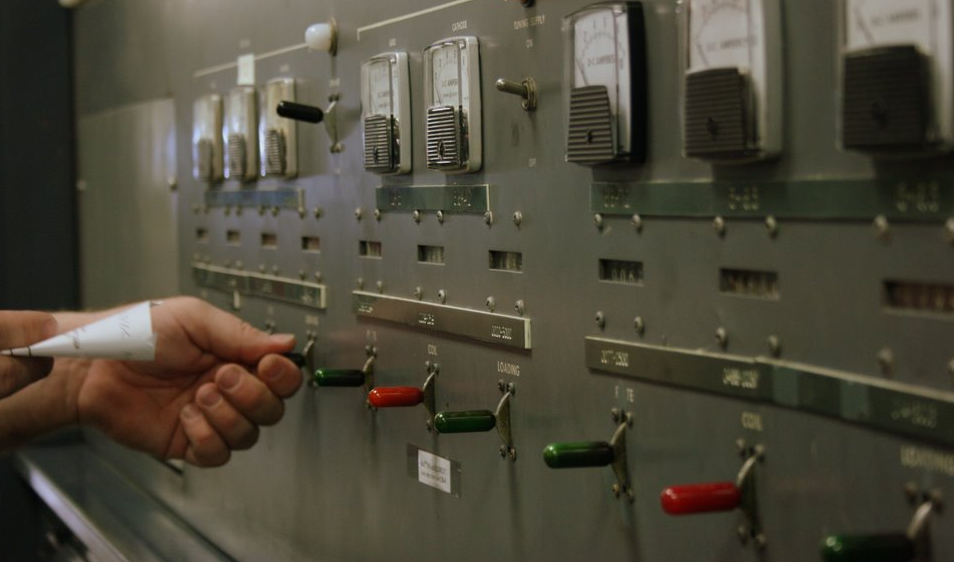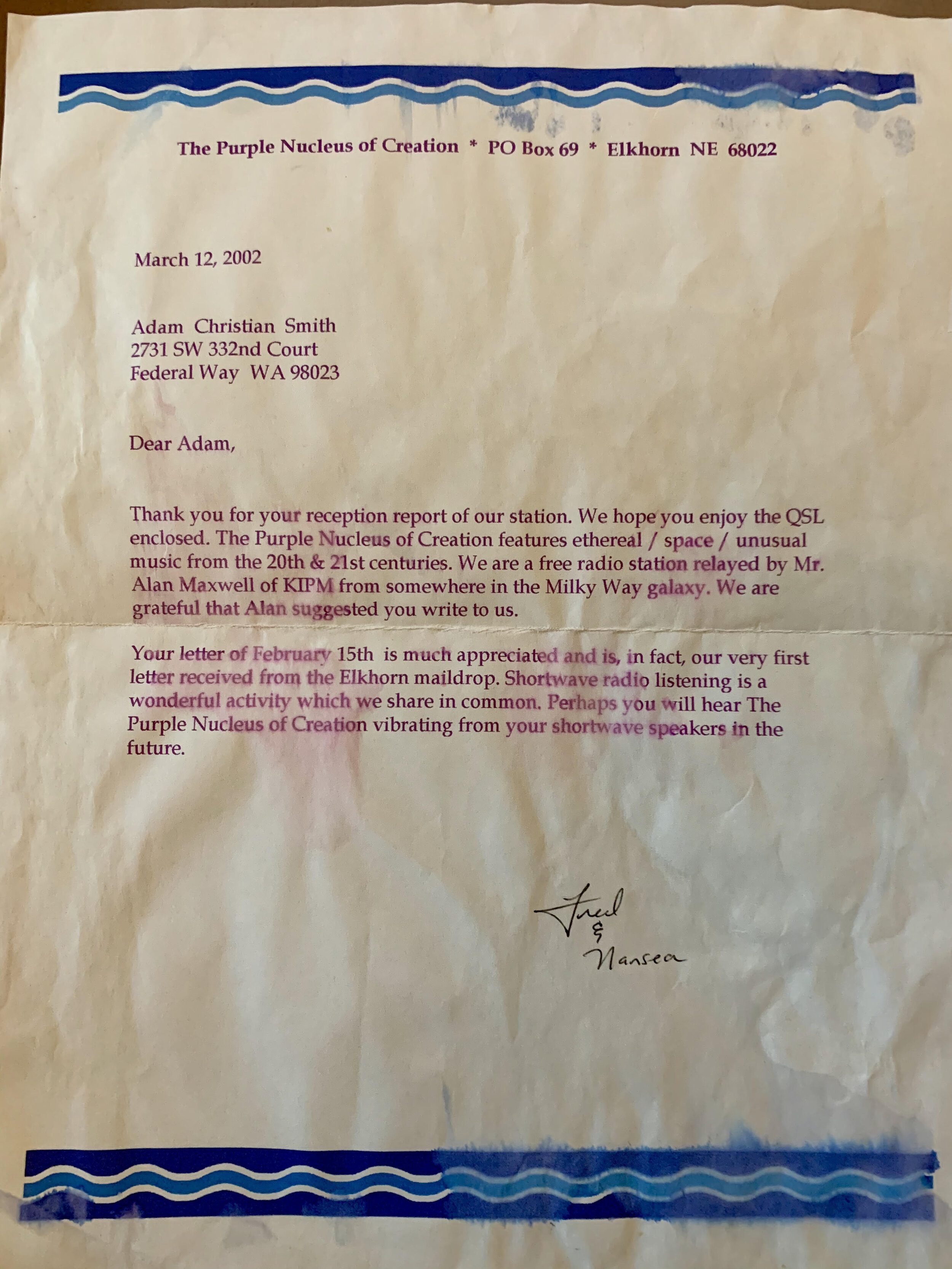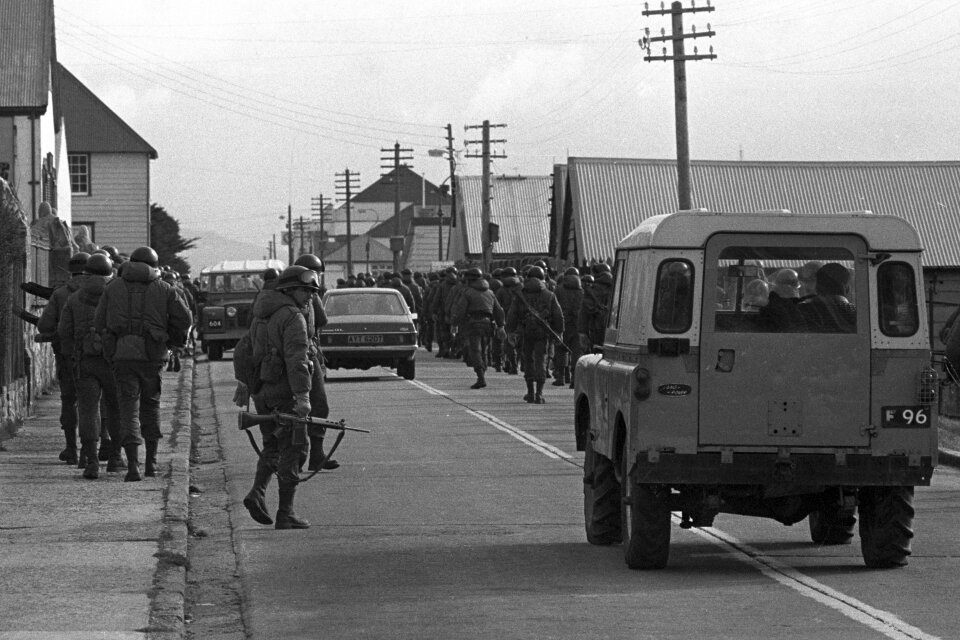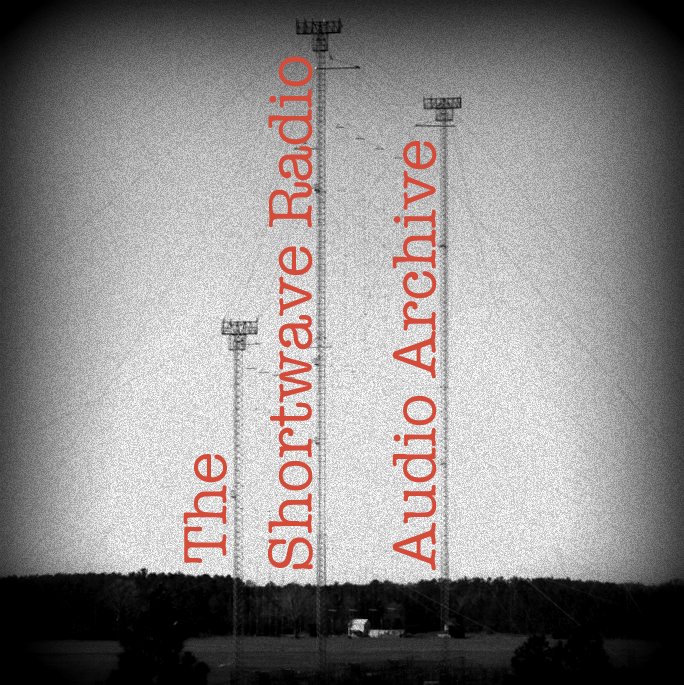Emisora da Guine Portuguesa (Portuguese Guinea - Guinea Bissau): 1972
/This was the classic aerogram style QSL received by many DX’ers who heard Emisora da Guinea (or Guine as it was spelled by the station) Portuguesa. One of the hardest DX catches for North American listeners, the station’s main frequency was, as this verification notes, 5,041 khz. But for a brief period in 1972, DX’ers were amazed to find that this rare African station was putting out a harmonic and being heard at strong levels on 5041 x 2 = 10,082 khz. Some of us were pinching ourselves to make sure we weren’t dreaming, but yes, this was Portuguese Guinea. What’s more, the station was actually one of the more consistent verifiers of reception reports, and sent out this beautiful folding QSL complete with fantastic local stamps.
You may notice that no mention is made by the station of its harmonic frequency that allowed so many of us to hear this small country in the west of Africa. Here’s the recording, Emisora da Guinea Bissau, made on a HQ-180 in Pennsylvania, on the frequency of 10,082 khz a harmonic of 5,041 khz, the station’s main frequency. You will hear in this recording a variety of other interesting sounds, including interference from a local amateur radio operator whose signal was coming in at 10 mHz, the sound of an old dial-up phone, and the clunk of the HQ-180’s selectivity switch as I changed bandwidths from time to time.
Many thanks to SRAA contributor, Dan Robinson, who shares the following recording































